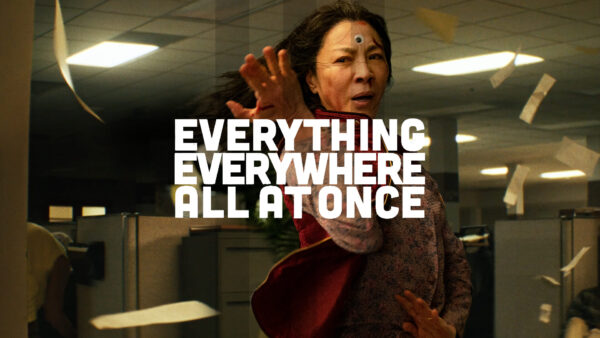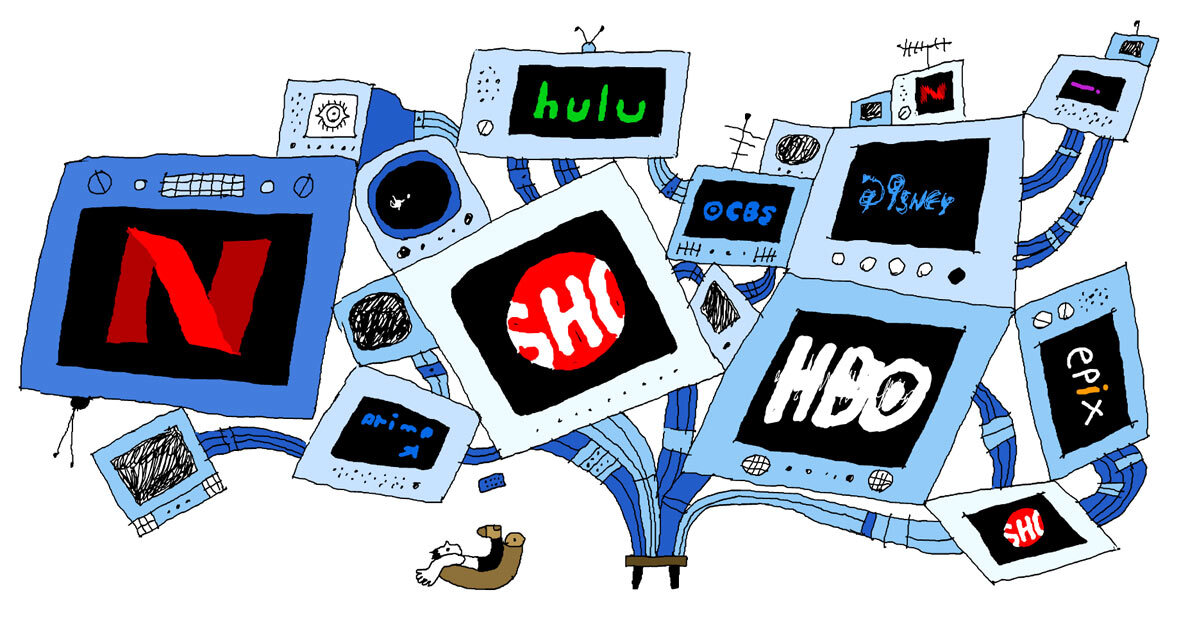Marketing Channels
Channels are essentially the ‘where’ for your message. Are you sharing on social media? Sending a newsletter? Handing out a paper flyer? Sharing audio or visual messages? Where you are talking to your audience can have a big impact on whether or not that audience hears or responds to your message. Different channels lend themselves to different types of messaging and there are more marketing channels than their are streaming services. So how do you ‘create your bundle’?
The “Yes, and” Approach
There is a concept in Improvisation called “Yes, and…” where one performer makes a statement and the other responds with an affirmation AND an addition to the original statement.
Ben Schwartz (master improviser) gives a quick example of this in his interview with Anthony Mason on CBS Morning.
Ben: “I hear you get hammered a lot right?” (initial statement)
Anthony: “All the time.” (<- Here’s the “Yes”, because he essentially goes along with the initial statement.) “I’m hammered now” (<-Here’s the “and…” because he takes the initial statement that he’s agreed to, and embellished it.)
Ben: “I can tell.” (<- continuing with his own “Yes” to Anthony’s statement.
What does this have to do with marketing channels? In this day and age of technological advances and ‘new toys’ to play with in terms of communicating, I am a firm believer in being both singularly focused AND inordinately diffuse.
Singularly focused
Regardless of ‘where’ you are sharing your story, certain things MUST stay consistent. Colors, fonts, and relevant details should match across all Channels. Does your ‘preview next video’ card on YouTube have your logo on it? It better! Is it displaying in such a way that it’s not covering up the important Call To Action on the current video? Hope so! Your singular focus is getting your message to your audience clearly. That may mean you have to find your audience on the platform that they are already using.

You may be tempted to post EVERYTHING EVERYWHERE ALL AT ONCE (R). While I do recommend ‘reserving’ all the channels you possibly can, you may be wasting your time actually posting on more than one or two. Spend some time regularly looking at who gets to your website from the various channels. Do you have an extensive email list? Or did all your fans find you on Instagram? Get the data and post accordingly. Not sure how to ‘track’ that – there are tech and more analog work-arounds that can help.
Inordinately diffuse
When creating your marketing images, designs, and other collateral, ensure you are thinking of things that work (or can be modified to work) on both print and digital versions of messages. Does the image look good vertical and horizontally? Can it have rounded edges or does it have to be square? Just because it looks great as your Facebook Header image, doesn’t mean you can use it on an Instagram Story. Can you animate the image to make a short video? Choose file types that can be re-sized without losing their clarity (vector graphics or .svg files) or newer formats that are optimized specifically for web use (.wbep).
Different channels lend themselves to different types of messaging. You wouldn’t write an essay to share on YouTube. Think about how you enjoy communicating. Look for a channel supports that format easiest. Hate being on camera but love to talk? You are in luck because podcasts are still a growing industry.
It also helps to have a passing understanding of latest trends. You don’t have to spend all your time on Marketing blogs or watching Insta-reels from marketing gurus, but if you find some content that you like and the source has some credibility, maybe get on their mailing list, or set yourself a reminder to stalk their LinkedIn page once a month. They may know about the next BlueSky, Mastadon, or Threads before you. And then you can take a look to decide if that platform is a match for your message AND your audience.


Comments are closed